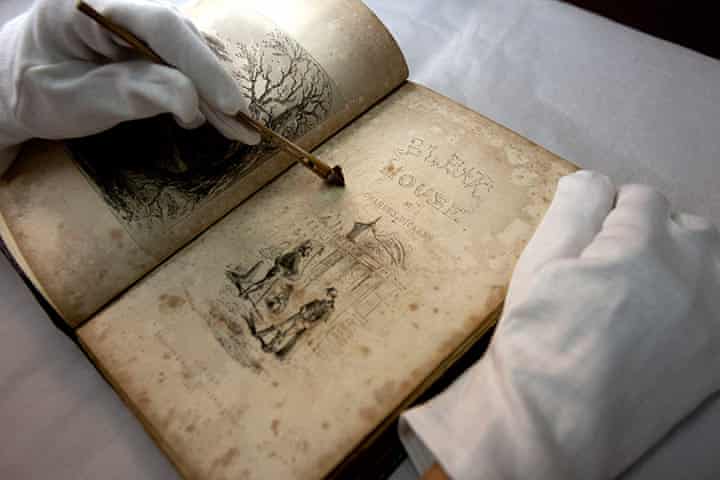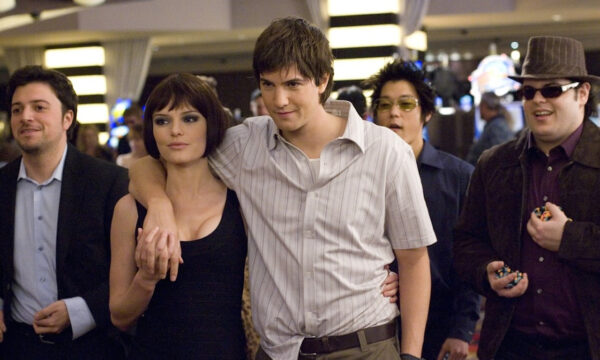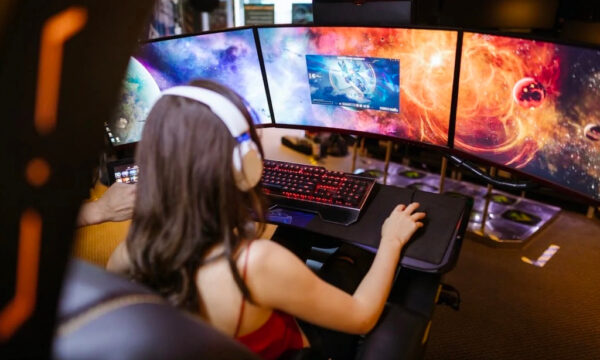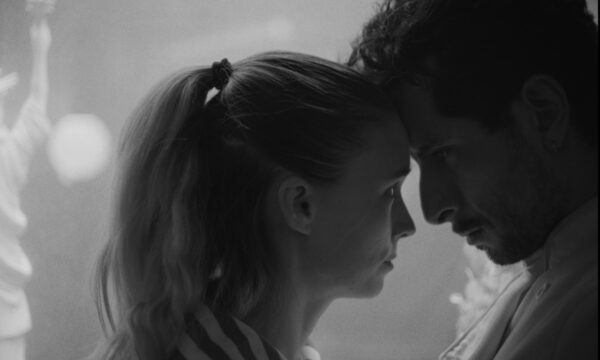Celebrating Charles Dickens at the Museum of London

On February 7 Britain celebrated the bicentenary of the birth of Charles Dickens, with a wreath-laying ceremony which took place in Poets’ Corner at Westminster Abbey. For those of us who could not find a ticket, aren’t either actors or royal family, or simply missed it for various reasons, there is still a chance to commemorate this great writer and his work at the Museum of London, Barbican.
A visit to the Dickens and London exhibition will plunge you into the Victorian atmosphere in which Dickens lived and wrote. Indeed, stepping into the literary scene in the 1830s, Dickens had the city posing as his muse – his ‘magic lantern’, as he called it. The first world’s modern metropolis, London was full of energy, but in many ways its industrial society uncovered dread and squalor, and above all, revealed the colossal chasm between rich and poor.
At the exhibition you will explore the issues and themes that Dickens set as the scenes of his stories – many of which he experienced first hand. With novels such as Oliver Twist (1838), David Copperfield (1850), Bleak House (1852-53) and Hard Times (1854), Dickens exposed a sordid and cruel reality of London, but most preciously, with his fiction he gave us such a detailed account of life, habits and language that his characters notoriously seem to jump off the pages and spring to life.
Through 19th-century sounds and projections, here you can see this man’s creative genius, which continues to influence cinema, TV, literature and academia after over 150 years.
Dickens and London reveals what laid at the heart of his work through paintings, costumes, photographs and objects, which all illustrate themes Dickens dealt with through his favourite literary devices such as satire, humour and tragedy.
At the exhibition you will be able to see some of the author’s handwritten manuscripts including Great Expectations‘ (1860-61) and also be inspired by Dickens’s desk and chair, as well as his velvet-covered reading stand which he would carry with him travelling by train across the country. You will also be able to touch the door from Newgate Prison of Barnaby Rudge (1840), and hear the sound of the different dialects that so interested Dickens, who had an amazing ability to recognise them and then incorporate them into his characters. These passages are audio files from Martin Chuzzlewit (1843-44) and The Pickwick Papers (1836) with the explanatory commentaries by Dr Laura Wright, from University of Cambridge.
Towards the end of this Victorian journey, you can sit for a short film called The Houseless Shadow (2011), by William Raban – inspired by Dickens’s essay ‘Night Walks’ (1860). The Houseless Shadow is an extremely interesting portrait of London at night, with its rhythms, sounds and, of course, the city’s shadows, lights and darkness. It is very peculiar and intense; a work depicted through Dickens’s words and captured by Raban’s images, where similarities between such distant times are perhaps far greater than one would think.
The visit is time-ticketed (lasts approximately 45 minutes) and the exhibition, which is considered the UK’s major tribute to the author in 40 years, will be on until June 10. For more information on this event visit the Museum of London website.
Francesca Cacciarru
Featured image: Ally Carmichael
Ticket prices:
Adult £8 (£7 advance booking)
Child/concession £6 (£5 advance booking)
Under 5s FREE
Friends FREE (book in advance on 020 7001 9844)
Art Fund members £4 (on presentation of a valid membership card)






















Facebook
Twitter
Instagram
YouTube
RSS